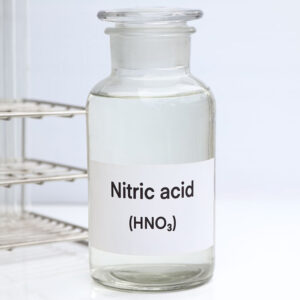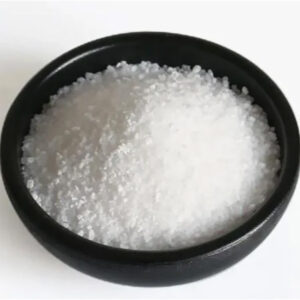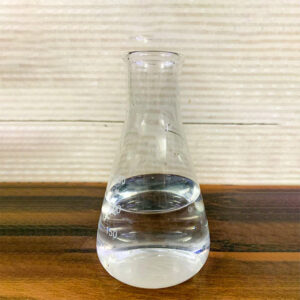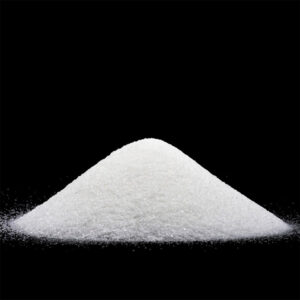Applications:
- Manufacture of chlorine dioxide for bleaching pulp in the paper industry.
- Non-selective herbicide for controlling various unwanted plants.
- Chemical oxygen source in emergency oxygen generators, such as those used in commercial aircraft.
- Oxidizing agent in organic synthesis for various chemical reactions.
- Bleaching agent in the paper and textile industries to remove impurities and brighten the final product.
Hazard Identification:
- GHS Classification: Oxidizing solid; Health hazard
- Hazard Statements:
- H271: May cause fire or explosion; strong oxidizer.
- H314: Causes severe skin burns and eye damage.
- Precautionary Statements:
- P210: Keep away from heat, sparks, open flames, and hot surfaces.
- P280: Wear protective gloves, protective clothing, and eye protection.
- P305+P351+P338: If in eyes, rinse cautiously with water for several minutes.
Storage and Safety:
- Storage Conditions: Store in a cool, dry, and well-ventilated area, away from incompatible materials such as flammable substances and reducing agents.
- Handling: Use appropriate protective equipment, including gloves, goggles, and protective clothing. Avoid inhalation of dust and contact with skin and eyes.
- Fire Safety: In case of fire, use dry sand, dry chemical, or alcohol-resistant foam. Do not use water or CO₂ extinguishers, as sodium chlorate reacts with water and may produce oxygen, potentially intensifying the fire.
Inspection Report:
| Inspection Item | Unit | Standard Specification | Test Result |
| Sodium Chlorate (on dry basis) | % | ≥99.5 | 99.52 |
| Moisture | % | ≤0.10 | 0.053 |
| Insoluble Matter | % | ≤0.10 | 0.002 |
| Chloride (as Cl) | % | ≤0.15 | 0.12 |
| Sulfate (as SO₄) | % | ≤0.01 | 0.002 |
| Chromate (as CrO₄) | % | ≤0.005 | 0.0006 |
| Iron (Fe) | % | ≤0.005 | 0.0004 |





